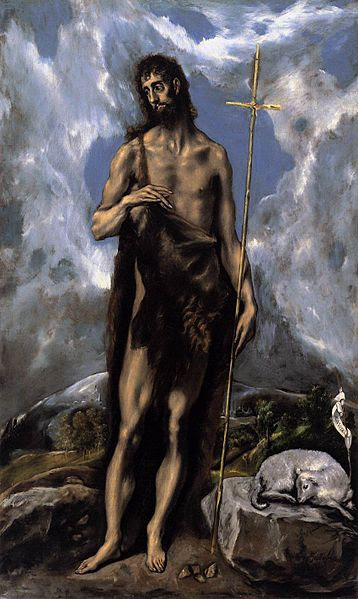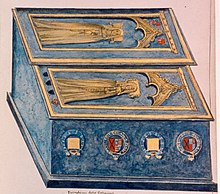Early on the morning of June 19th 1867 on the edge of Queretaro in Mexico the Emperor Maximilian I and two of his generals, Miguel Miramón and Tomas Mejia, were shot by a firing squad. It was an event thst marked the final failure of the second Mexican Empire and shocked Europe and the wider world.
In some ways the second attempt to establish a Mexican Empire began as something of a tragicomedy, the brainchild in part of that mid-nineteenth century snake oil salesman, Napoleon III, who was, of course, as trustworthy as most French politicians are .,.,
The scheme turned into tragedy, personal, political and national all too quickly after the Imperial couple arrived, and found themselves ill-prepared anf ill-advised as to what they had taken on.
For Mexico it was a tragedy thst something that in theory and on paper could have led to stability, constitutional rule, the balancing of conservative and liberal aspirations, genuine reform and development failed to happen. The history of Mexico and its upheavals for the past century and a half is not an edifying one. A stable Empire might well have avoided that.
Politically it fuelled the endemic civil conflict, led to the loss of life and the collapse of what was in many ways a noble attempt in three years. For the liberal Maximilian, a product of mid-nineteenth century European hope and culture to be plunged, barely aware at first, into the snake pit of Central American factions, was enough to test anyone, and he was perhaps too well-meaning, too idealistic to have much chance. The whole episode can be interpreted in many ways - the rise and development of Hispanic American nationalism, the interplay of radical and reactionary politics and politicians, the cultural disjunction between the old and the new world, the legacy of colonialism, the clash of church and stste in an ever more modern and secular world all played a part in this drama. All these factors make the story one that remains ever interesting.
For the Emperor and Empress it was the terrible tragedy of disillusionment, defeat and death before a firing squad for Maximilian and Carlota similar disillusion, despair and apparent insanity that continued until her death in early 1927, almost sixty years later, a world away from that of the 1860s.
The point is often made that had Maximilian fled Mexico, as was proposed, or if Juarez had simply packed him off back to Austria he would have spent the rest of his life sitting at Miramar as a picturesque failure or a might-have-been - perhaps like the Stuart Jacobite claimants in the eighteenth century or Amadeo of Aosta in the nineteenth century. As it was violent death came and transformed him into a figure of romance or nobility, which is why he is remembered, not for success but for tragic failure.
Many biographies of the Emperor and his Empress Charlotte or Carlota of Belgium. It is a long time since I read Joan Haslip’s book Imperial Adventurer and I have not so far seen Edward Shawcross’s very well reviewed new life The Last Emperor of Mexico.
Wikipedia has a good, illustrated account of the Emperor’s life as both Austrian Archduke and as Mexican monarch. It is well illustrated and can be read at
Maximilian I of Mexico
I posted five years ago about the Empress in
Empress Carlota, which I would urge readers to look at, especially her great niece Queen Marie Jose’s recollections of her.
The Imperial couple were childless and adopted the grandsons of the previous Emperor Agustín I - who also died in front of a firing squad - either as heirs or as a bargaining ploy with the Emperor’s younger brother Archduke Karl Ludwig to send or assign one of his sons as heir to the Mexican throne. That never came about and the Iturbide family eventually, if somewhat fitfully, took up the claim in the persons of titular Emperor Augustín II, the Empresses Maria I, II and III and now, resident in Australia, the Emperor Maximilian II. For more on the Iturbide family see the Wikipedia article House of Iturbide
If nothing else say a prayer for the souls of the Emperor, his two companions in death and for that of the Empress.










